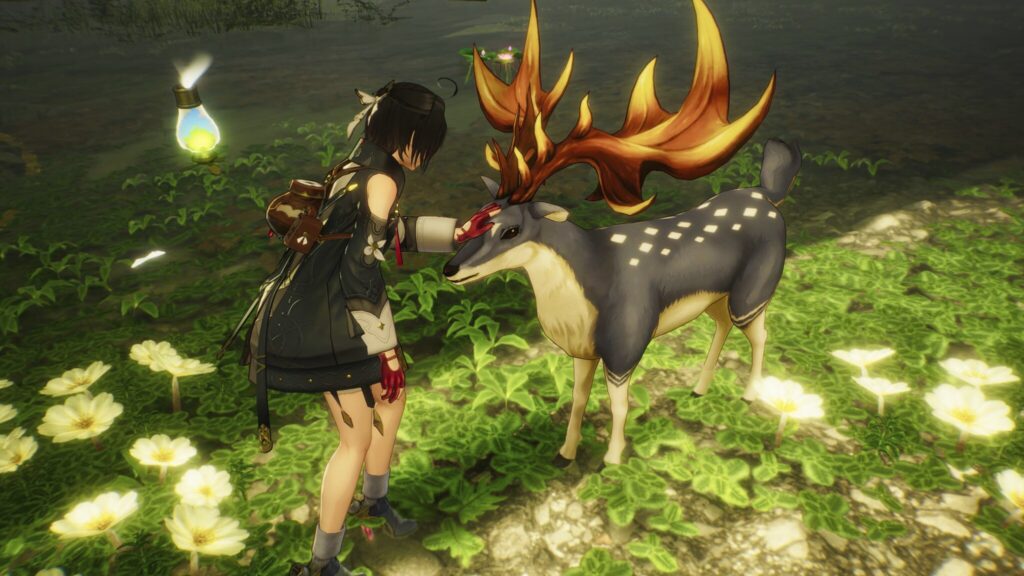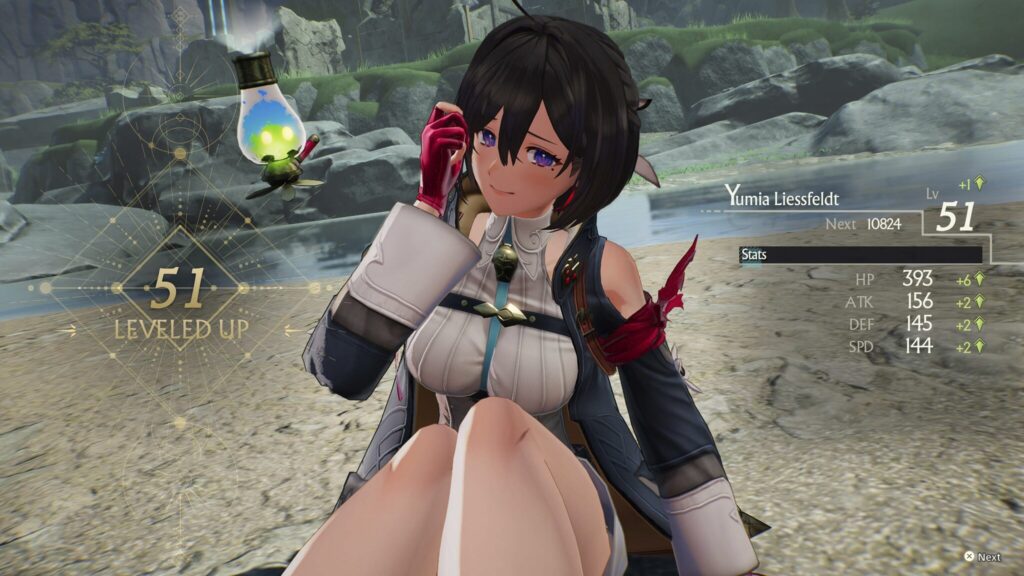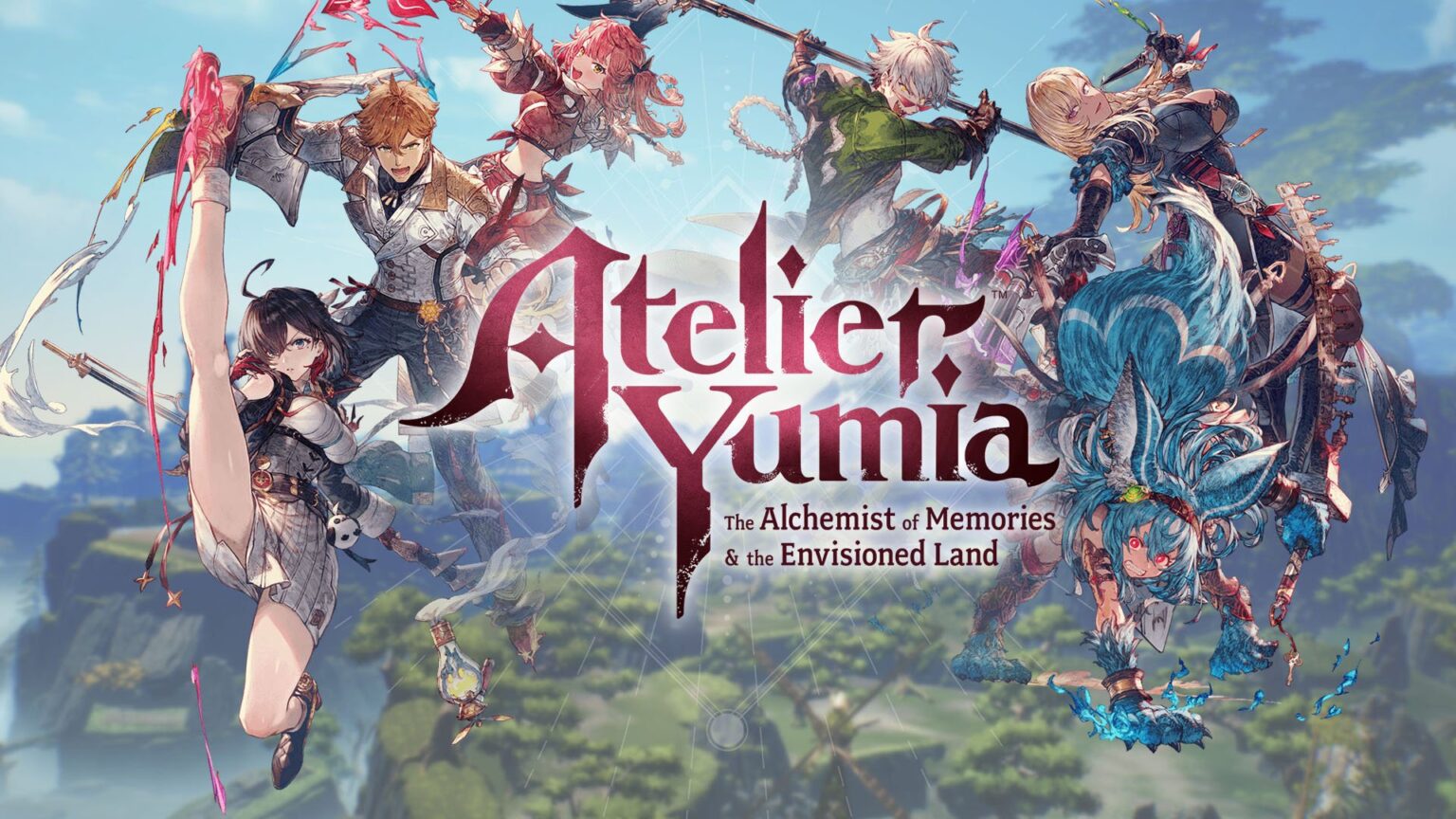A Fresh Brew of Old and New: Atelier’s Open-World Evolution
Atelier Yumia: The Alchemist of Memories & the Envisioned Land (officially Atelier Resleriana) doesn’t just mark the next chapter in the long-running alchemy JRPG series—it redefines it. This is the most ambitious game Gust has ever released under the Atelier banner. For a franchise known for cozy vibes, dense crafting systems, and low-stakes character drama, Yumia feels like a reinvention: bigger, bolder, and more open than anything that came before it.
For players unfamiliar with Atelier, this could be your gateway. And for veterans? It’s a bit of a wild card—offering familiar ingredients in an unfamiliar blend.
What Is Atelier Yumia?
At its core, Atelier Yumia is a single-player open-world JRPG focused on crafting, exploration, and a hybrid combat system. You play as Yumia Lefelt, a young alchemist navigating a post-catastrophic world where alchemy is forbidden and feared. With alchemy outlawed, Yumia must rebuild not just her reputation but the very world itself—one synthesized potion and purified zone at a time.
The tone is surprisingly serious for an Atelier title, but still manages to retain the warmth and lightness fans expect. Think Breath of the Wild meets Atelier Ryza, minus the gacha and plus a lot of crafting.

A Cohesive and Addictive Gameplay Loop
One of the game’s biggest strengths is its gameplay loop. Nearly every action—be it gathering materials, crafting gear, expanding settlements, or completing exploration goals—feeds into another system. You’re constantly making progress in multiple directions. It’s the kind of game where a “quick 20 minutes” turns into “whoops, it’s 3 a.m.”
Whether you’re synthesizing a new staff, setting up an outpost, or unlocking region-specific perks through “Pioneering Goals,” it all ties into a rewarding sense of momentum. And while the crafting system remains detailed and deep, the developers have wisely added automation options for players who’d rather not spend hours in recipe screens.
Combat: Style Over Substance
Combat in Yumia takes a hybrid approach, blending real-time movement with cooldown-based skills and support item usage. You’ll control one character at a time while others act automatically, with skills shifting based on your position. Add in the “Mana Surge” ultimate abilities, and you get battles that are flashy, fast-paced, and fun—if a little shallow.
The core issue? Balance. You can overlevel way too easily. With XP-boosting gear available early, even bosses turn into glorified speed bumps unless you self-impose limits. There’s depth available, but it’s mostly reserved for players who seek it out on harder difficulty settings.
Also, a strange flaw with enemy AI breaks the immersion: nearby enemies don’t always aggro when a battle starts, leading to awkward half-finished skirmishes where some foes just stand around waiting their turn.
Exploration: A Genuinely Fun Surprise
Exploration in Atelier Yumia is one of the biggest upgrades from past titles—and it works. Vertical traversal lets Yumia triple-jump, wall-hop, and even scale cliffs she probably shouldn’t. And the game doesn’t stop you—it rewards curiosity with hidden materials, secret shrines, and off-the-path puzzles.
The four main regions are sprawling and distinct, each with “Mana-bound” zones—corrupted areas that sap your energy unless you purify them. These zones gate progression and create soft survival mechanics, adding urgency to the otherwise chill exploration.
The traversal isn’t perfect. Yumia can get stuck on terrain, and some wall jumps feel finicky. But overall, it’s a huge improvement over past Atelier games’ segmented zones.

Crafting and Base Building: Deep but Accessible
Crafting is still the heart of the game—and still one of the most robust systems in the genre. Everything from weapons to healing potions, traversal tools, and even outpost furniture is created via alchemy. It’s a sandbox of interconnected mechanics:
- Core Infusion System: Enhances item traits and base stats.
- Trait Crystals: Let you min-max gear for combat, exploration, or utility.
- Automation Options: Newbies can simplify synthesis, while veterans can dive deep into optimization.
Base building is another standout. You can construct outposts, customize them, and even influence your party’s bonuses based on décor and layout. Characters interact with furniture and comment on changes, making it more than just set dressing.
Characters, Story, and Atmosphere
Yumia’s story starts with a bang—alchemy is taboo, she’s under surveillance, and the world is reeling from past disasters. Over time, her journey becomes more about rebuilding than resisting. While the plot doesn’t reach the narrative complexity of other JRPGs, it’s emotionally effective.
Her party includes a mix of skeptics, survivors, and fellow outcasts, all slowly bonding through exploration and shared missions. Voice acting is solid, and the soundtrack—composed by Atelier veterans—hits the right notes between melancholy and hopeful.
If you’re looking for high drama or dense lore, this isn’t it. But as a “Discord call” game with low emotional stakes and pleasant background vibes? It’s near perfect.
Performance and Technical Notes
On console (tested on PS5 and Switch), performance is mostly stable, though some textures are muddy and loading stutters crop up occasionally.
PC players, however, may struggle in early regions. Frame drops, softlocks, and terrain clipping are reported even on high-end systems. It’s not game-breaking, but it’s noticeable.
Menus also have occasional input issues, particularly during crafting and combat. A patch or two could smooth out many of these wrinkles.
Alchemy Highlights: What This Game Does Best
🧪 System Synergy Is King
Every action feeds into another. Crafting empowers combat. Exploration fuels crafting. Base-building supports exploration. The interconnectedness of systems creates a compelling gameplay loop with minimal waste.
🗺️ Open World With Real Freedom
Yumia’s traversal options open up creative, sometimes sequence-breaking paths through the world. It’s rare to see a JRPG trust players this much—and it’s refreshing.
⚙️ Complexity Without Overload
While long-time fans may miss the complex synthesis grids of older games, Yumia finds a balance. Casual players can automate crafting. Hardcore ones can go deep. Everyone wins.

What Works in the Cauldron
🌿 Strengths of the Envisioned Land
- Deep and engaging crafting loop that remains core to gameplay.
- Vast open world that rewards curiosity and exploration.
- Base-building adds creative and strategic depth.
- A cozy, chill atmosphere perfect for relaxed play sessions.
- Accessibility features (like automation) widen the game’s appeal.
- Zero microtransactions—rare for a game with live-service pacing.
What Needs Refining in the Brew
🔥 Weak Spots in the Alchemist’s Mix
- Combat becomes too easy too quickly unless you self-restrict.
- Enemy AI and engagement zones can break immersion.
- Some performance hiccups, especially on PC.
- Side quests and NPC writing feel shallow and repetitive.
- Crafting depth is slightly reduced compared to older entries.
Atelier Yumia: The Alchemist of Memories & the Envisioned Land: Atelier Yumia: The Alchemist of Memories & the Envisioned Land isn’t just a bold step for the series—it’s a successful one. It modernizes Atelier without losing its charm. The open world feels fresh, the systems are satisfying, and the game respects your time. There’s room for refinement, but this is comfort food for RPG fans—and a promising new path for a beloved series. If you’ve never clicked with Atelier before, Yumia might be the one that finally gets you. And if you’re already a fan, there’s enough here to justify diving in—just maybe don’t expect the same depth in all the old places. – Flare


